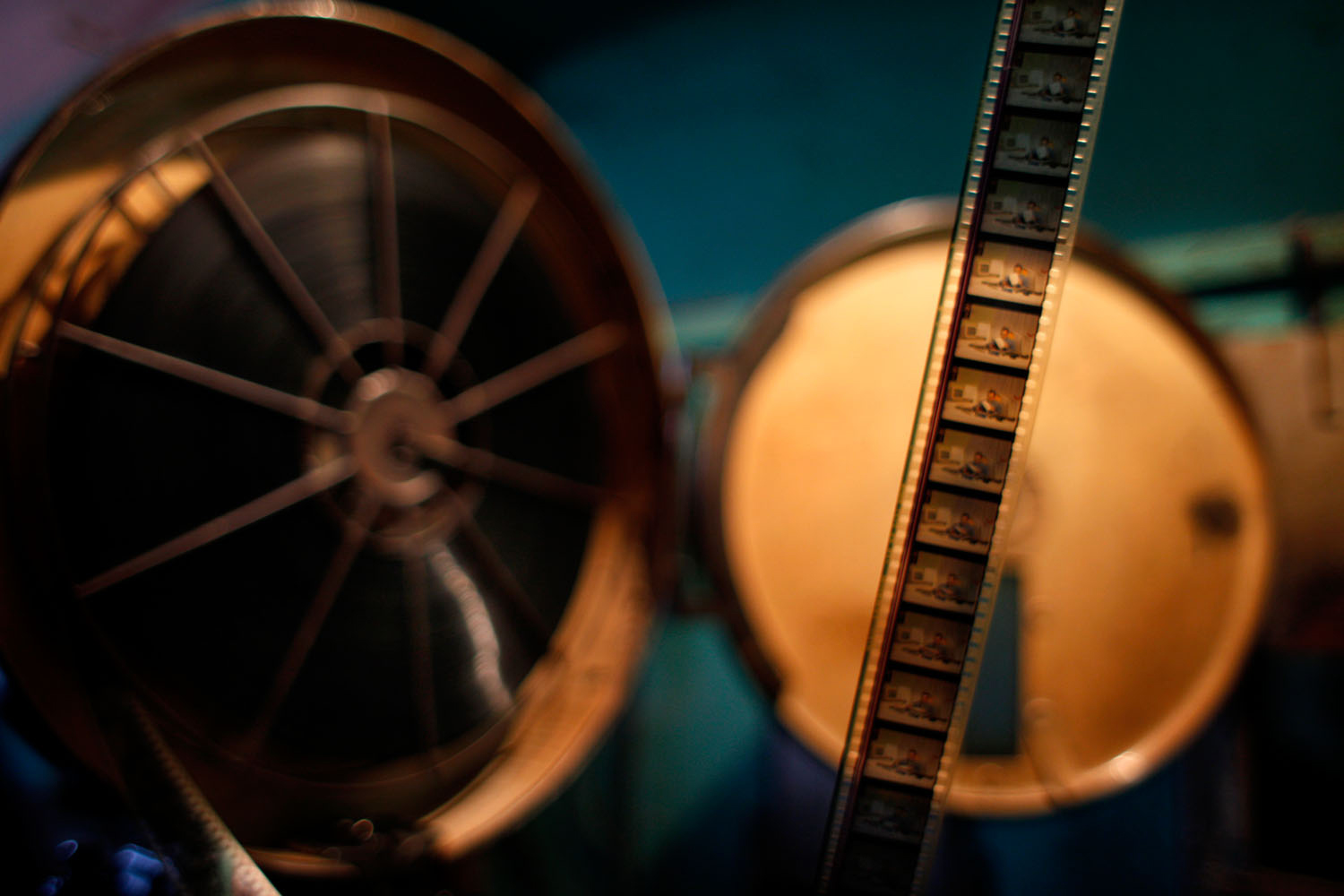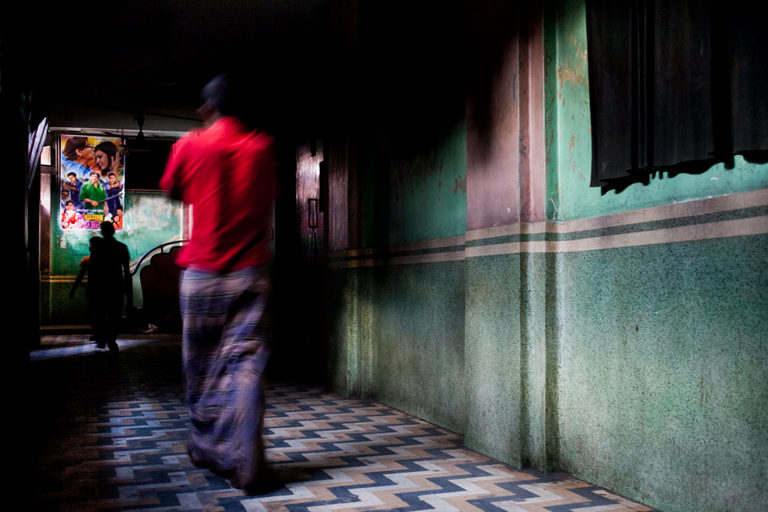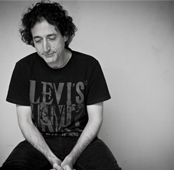-
 From the series 'A Hall Full of Cinema' | (c) Kauser Haider
From the series 'A Hall Full of Cinema' | (c) Kauser Haider -
 From the series 'A Hall Full of Cinema' | (c) Kauser Haider
From the series 'A Hall Full of Cinema' | (c) Kauser Haider -
 From the series 'A Hall Full of Cinema' | (c) Kauser Haider
From the series 'A Hall Full of Cinema' | (c) Kauser Haider -
 From the series 'A Hall Full of Cinema' | (c) Kauser Haider
From the series 'A Hall Full of Cinema' | (c) Kauser Haider -
 From the series 'A Hall Full of Cinema' | (c) Kauser Haider
From the series 'A Hall Full of Cinema' | (c) Kauser Haider -
 From the series 'A Hall Full of Cinema' | (c) Kauser Haider
From the series 'A Hall Full of Cinema' | (c) Kauser Haider -
 From the series 'A Hall Full of Cinema' | (c) Kauser Haider
From the series 'A Hall Full of Cinema' | (c) Kauser Haider -
 From the series 'A Hall Full of Cinema' | (c) Kauser Haider
From the series 'A Hall Full of Cinema' | (c) Kauser Haider -
 From the series 'A Hall Full of Cinema' | (c) Kauser Haider
From the series 'A Hall Full of Cinema' | (c) Kauser Haider -
 From the series 'A Hall Full of Cinema' | (c) Kauser Haider
From the series 'A Hall Full of Cinema' | (c) Kauser Haider -
 From the series 'A Hall Full of Cinema' | (c) Kauser Haider
From the series 'A Hall Full of Cinema' | (c) Kauser Haider -
 From the series 'A Hall Full of Cinema' | (c) Kauser Haider
From the series 'A Hall Full of Cinema' | (c) Kauser Haider -
 From the series 'A Hall Full of Cinema' | (c) Kauser Haider
From the series 'A Hall Full of Cinema' | (c) Kauser Haider -
 From the series 'A Hall Full of Cinema' | (c) Kauser Haider
From the series 'A Hall Full of Cinema' | (c) Kauser Haider -
 From the series 'A Hall Full of Cinema' | (c) Kauser Haider
From the series 'A Hall Full of Cinema' | (c) Kauser Haider -
 From the series 'A Hall Full of Cinema' | (c) Kauser Haider
From the series 'A Hall Full of Cinema' | (c) Kauser Haider -
 From the series 'A Hall Full of Cinema' | (c) Kauser Haider
From the series 'A Hall Full of Cinema' | (c) Kauser Haider -
 From the series 'A Hall Full of Cinema' | (c) Kauser Haider
From the series 'A Hall Full of Cinema' | (c) Kauser Haider -
 From the series 'A Hall Full of Cinema' | (c) Kauser Haider
From the series 'A Hall Full of Cinema' | (c) Kauser Haider -
 From the series 'A Hall Full of Cinema' | (c) Kauser Haider
From the series 'A Hall Full of Cinema' | (c) Kauser Haider
Bangladeshi photographer Kauser Haider spent a year shooting a 72 year old cinema hall in Old Dhaka that is said to have been named by Rabindranath Tagore. Here are some of the images he came away with
Photographer’s Note
“I’ve loved cinema halls since I was a child. Theatres were where I watched most movies back then— I was fascinated by the posters, the dark exhibition room, the projection of the characters I was so enthralled by, on a giant screen… So, in the second year of my photography course at Dhaka’s Pathshala South Asian Media Institute, in November 2010, I decided to photograph the Manoshi Cinema at Old Dhaka. Why? Because the theatre has stood for 72 years now, and documenting it would mean documenting a significant chunk of Dhaka’s film watching history, right through Bangladeshi cinema’s ‘golden age’— which is said to have existed from the 1960s up to the 1980s. This was the era of acclaimed Bangladeshi filmmakers like Zahir Raihan, Khan Ataur Rahman and Alamgir Kabir, each of whose works I have grown to admire.
“Also, interestingly, Manoshi’s manager said to me that it was given its name by India’s poet laureate Rabindranath Tagore. He said that the theatre’s owner had known Tagore, and that when the former had asked the poet to suggest a name Tagore had suggested the title of one of his poems: Manoshi, meaning ‘very dear’.
“The manager had refused to let me shoot inside the theatre at first. It took me many hours of persuading to convince him to allow me to. Before beginning my essay I also spoke at length with the staff at the theatre— some of whom have been working here for more than 50 years. And I chatted with those who would come to watch movies at Manoshi. Even after I began photographing the theatre, I would catch people in the movie intervals and chat casually about what they made of a movie, or who their favourite actor was.
“Since the last decade the kind of films that show at Manoshi are, mostly, low-budget action movies. The audience which earlier comprised families from the middle or upper classes (during the ‘golden age’), has transformed now into men from lower income groups. Shakib Khan is the favourite hero of most Manoshi regulars. Khan, who made his debut in 1999 with Anonto Bhalobasha (Unending Love), is today the highest paid actor in the Bangladeshi film industry. He is especially known for action blockbusters like Tiger Number One, or Boss Number One. Both these movies, released in 2011, were among the year’s biggest hits.
I shot this essay over a year, and still keep visiting the theatre, whenever I have time, to see if I can add to it. The most difficult part was shooting the audience while a movie was on. Arifur Rahman Munir, a classmate, would accompany me, carrying a flash bulb. I’d like to mention here that without Munir’s help I wouldn’t have been able to complete this essay. Sometimes, when we used the flash on viewers during a movie, they would get very angry. They would threaten to rough us up. But it was worth it. For me, since childhood, cinema’s most attractive sound has been the reaction of an audience. The cheers and jeers. The whistles, hoots and applause. Shooting the audience while they watched these movies was my way of resurrecting this magical sound, and memory, on camera.”
Shonar Cinema
Photo EssayFebruary 2013
 By Kauser Haider
By Kauser Haider
Kauser Haider is a documentary photographer based out of Bangladesh who is interested in social and humanitarian issues as well as travel photography. He has graduated from the Pathshala, South Asian Media Institute. He has participated in various international workshops conducted by renowned practitioners such as Philip Blenkinsop, Shannon Lee Castleman, Shorab Hura, Abir Abdullah and Munem Wasif. Among projects he has completed are a story on handicapped children in Nepal and 'A Hall Full of Cinema'— which was exhibited internationally in the Angkor and Delhi photo festivals. At present he is documenting conditions triggered by landslides in Chittagong.































